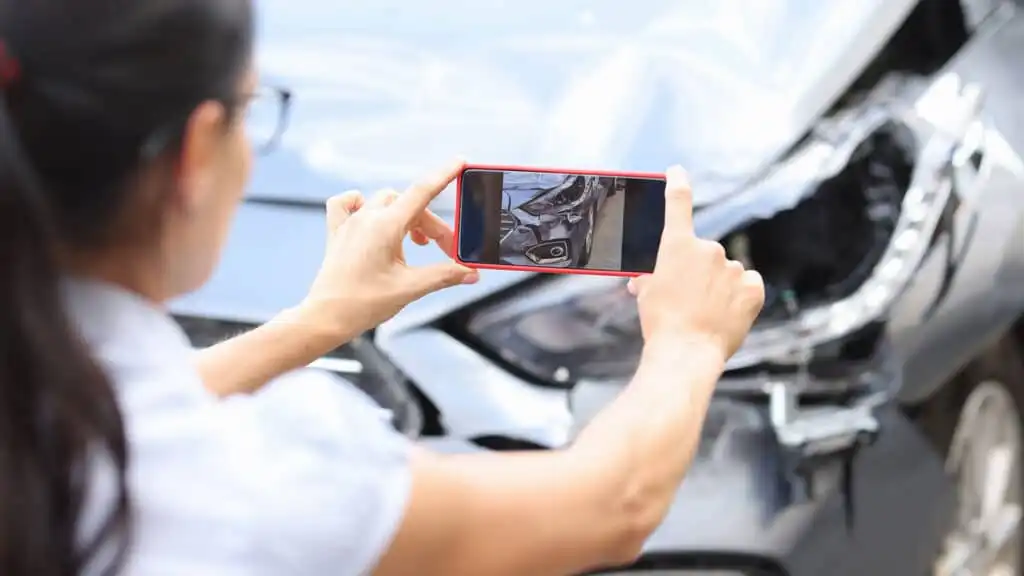Things You Need To Know
Driving is not an easy task, but it can be more challenging when the weather turns bad. It’s crucial to take extra precautions to stay safe on the road. Slowing down and keeping a safe distance are two of the most important measures to stay safe while driving in bad weather.
Is It Safe To Drive In Severe Weather?
Driving during inclement weather is generally unsafe, but for people who need to go off-road despite the situation, knowing how to stay safe while driving in bad weather is an essential skill.
Being cautious of potential weather hazards is one of the keys to safe driving during severe weather conditions. Heavy rains, typhoons, snow, and fog increase the risk of vehicular accidents due to reduced visibility, slippery roads, strong winds, and flooding.
The following are some of the most common weather hazards you should be aware of while driving:
Heavy Rain — Most weather-related accidents happen when it’s raining. Wet pavements account for 75% of car crashes, while rainfall accounts for 47% annually. Wet roads reduce tire traction, making it more difficult for vehicles to make sudden stops.
Additionally, heavy rains reduce drivers’ visibility, increasing the risk of collisions. Flooding due to heavy rains also increases the risk of getting stranded and conceals possible hazards along the roads.
Strong Wind — Vehicles may be pushed off track by intense winds, and it can be challenging to keep in control due to sudden gusts. Flying debris blown into the road by strong winds can cause potential hazards that can damage the vehicle and endanger the lives of its passengers.
Snow — A large number of vehicular accidents were also reported during winter seasons due to slippery roads. Additionally, car parts such as batteries can be affected by cold weather, which often results in various mechanical issues. These vehicular problems can also contribute to accident risk during bad weather.
Fog — Heavy fog drastically limits the driver’s vision, making it challenging to see other vehicles, road signs, and obstacles. It can also lead to headlight glare, causing the headlights to scatter and significantly impair the driver’s visibility.
Always be prepared and never underestimate the dangers of bad weather. You can lower the risk of vehicular accidents by being aware of these risks.
Must-Know Tips For Safe Driving In Bad Weather
How do you stay safe while driving in bad weather? It is advisable to postpone any driving plans until the weather improves. However, if you must drive, the following tips can keep you safe until you reach your destination.sa
Stay Updated And Plan Ahead
Check with your local stations about the current weather, road conditions, traffic, and possible road closures. Familiarize yourself with alternative routes in case roads become impassable.
Give yourself more time and bring a lot of patience so you can drive calmly. Do not focus on worrying about the weather and traffic delays. Before heading out, ensure your car is packed with an emergency kit, a fully-charged cellphone, enough food, and drinking water.
Inspect Your Vehicle Thoroughly
First things first — check your vehicle’s entirety. Proper vehicle maintenance is encouraged for safe driving. It is recommended to keep your car in top condition to ensure it runs safely in all weather conditions.
Additionally, turning off the cruise control is highly recommended. It is safer to manually control your speed and respond to changing conditions on wet roads.
Avoid Flooded Areas
Flash floods and strong currents can be life-threatening. If you encounter flooded areas, do not try to cross. Turn around and look for alternate routes. Passing through deep waters wherein the road beneath is not visible may endanger lives and harm your vehicles.
Drive Slowly And Cautiously
Always be extra cautious when driving in bad weather. Drive slowly to avoid skidding, hydroplaning, and other vehicle-related accidents. Slowing down also allows you to leave more room to stop and gives you enough time to react in case of potential danger. According to the Federal Motor Carrier Safety Administration, a 30% speed reduction during inclement weather is advisable.
Keep A Safe Distance
Keep a safe distance to ensure a clear view of the road. Adequate following distance gives you ample time to respond to unexpected changes, especially when large vehicles are nearby. Additionally, water splashes from larger vehicles can also result in reduced driver visibility. Staying back helps you keep control and avoid the risk of rear-end collisions.
Stay Alert And Focused
Paying attention to your surroundings, especially during bad weather, is crucial. Be extra mindful and look out for pedestrians. Keep your eyes on the road to minimize distractions. Avoid sudden and forceful stops, sharp or quick turns, and hard braking. Maintaining control under challenging conditions requires smooth and steady driving.
Buckle Up For Safety
Always wear a seat belt when traveling. In 2022, nearly 60% of backseat passengers not wearing seatbelts were killed in collisions. Remember, with or without inclement weather conditions, the law requires drivers and passengers to buckle up.
Turn On Headlights And Use Turn Signals
To increase visibility during bad weather, turn on your headlights even during the day. Open headlights can also help drivers see other vehicles more clearly. When turning or slowing down, use your turn signals in advance to give other drivers sufficient warning. In most states, using headlights is mandatory while wipers are on during low visibility.
Conclusion
How to stay safe while driving in bad weather? With careful planning and a cautious approach, you can safely handle inclement weather and reach your destination safely and soundly.
You can reduce the risk of vehicular accidents by keeping your vehicle in good condition, staying focused and alert, maintaining a safe distance, and keeping yourself updated about the current weather conditions. Do not forget to bring a lot of patience, calmness, and peace of mind to think and act clearly.
Do you have other tips on how to stay safe while driving in bad weather that are not mentioned above? Share them now in the comments below. Stay safe, everyone!
FAQs On How To Stay Safe While Driving In Bad Weather
How Can You Travel Safely In Bad Weather?
If there are severe weather conditions in your area, think about postponing your travel to stay safe. However, if you must, it is crucial to stay updated on the current weather conditions before heading off.
How To Drive Correctly In Bad Weather?
As a general rule, slow down — decrease your speed by ⅓ than usual.
What Is The First Thing A Driver Should Do In Bad Weather?
To minimize the risk of vehicular accidents, the first thing a driver should do in bad weather is to stay focused and slow down while driving.




